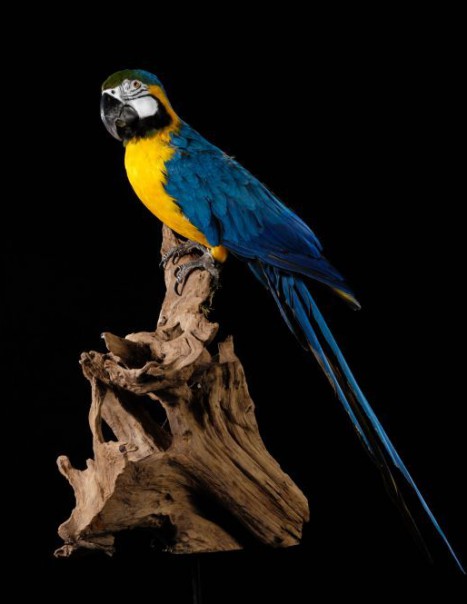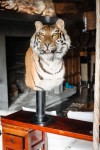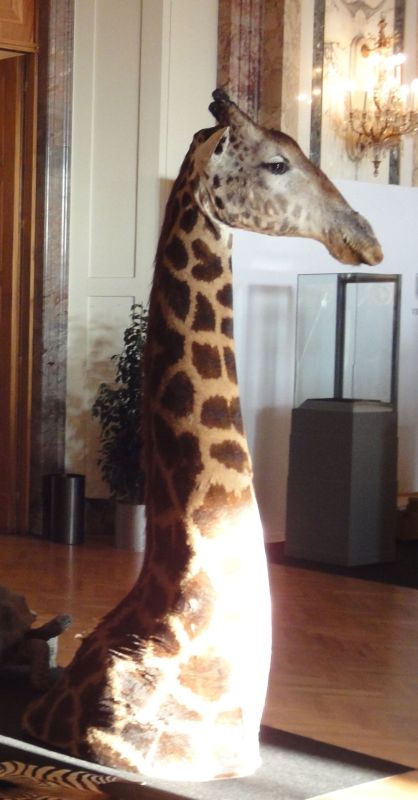Blue-and-yellow macaw – Ara ararauna
Blue-and-yellow macaw – Ara ararauna
The blue-and-yellow macaw is a bird that has a beautiful appearance with incredible language facilities.
The adult has blue upper parts, including the rear crown, wings and the tail. On the underparts, chin and throat are black. The sides of the neck, chest, abdomen and lower abdomen are yellow gold. The underside is yellow. The coverts are blue. The graduated tail is brown with buff feathers ends. On the head, forehead and top of the cap are green. The white face can become pink when the bird is excited. The powerful hooked beak is black. The eyes are yellow. Legs and feet are dark gray.
Both sexes are similar and young look like adults, but have shorter tail and gray eyes. It reaches sexual maturity at the age of 3 or 4.
It lives and breeds in tropical South America, Panama, Brazil, Bolivia, Paraguay and Trinidad where the species is endangered. It lives in flooded forests, edges, in the gallery forests along the rivers, in the savannas with trees, in marshes with palm trees. It can also be found in deciduous forests near water, in the low land and up to 1500 meters above sea level as in Peru.
It eats fruits, berries, seeds, nuts and flowers. Its beak is powerful and allows it to break the shells of nuts. The beak is also used as a third leg to climb trees and hang from branches.
It is often in pairs or bands of 20 to 30 birds. It performs some seasonal movements during the rainy season and long daily journey to forage and make the round trip between feeding areas and dormitory.
The breeding season varies according to the location, it nests in cavities, holes in the top of dead palm trees, far enough from the ground. They stay together for life. The female lays two eggs, sometimes three. Incubation lasts about 24 to 26 days, by female, but both adults protect and defend the nest aggressively. Youngs need 10 to 13 weeks to get their full plumage. After that, they stay with parents for several months before becoming independent.
Blue Macaw is threatened, but not in danger.





